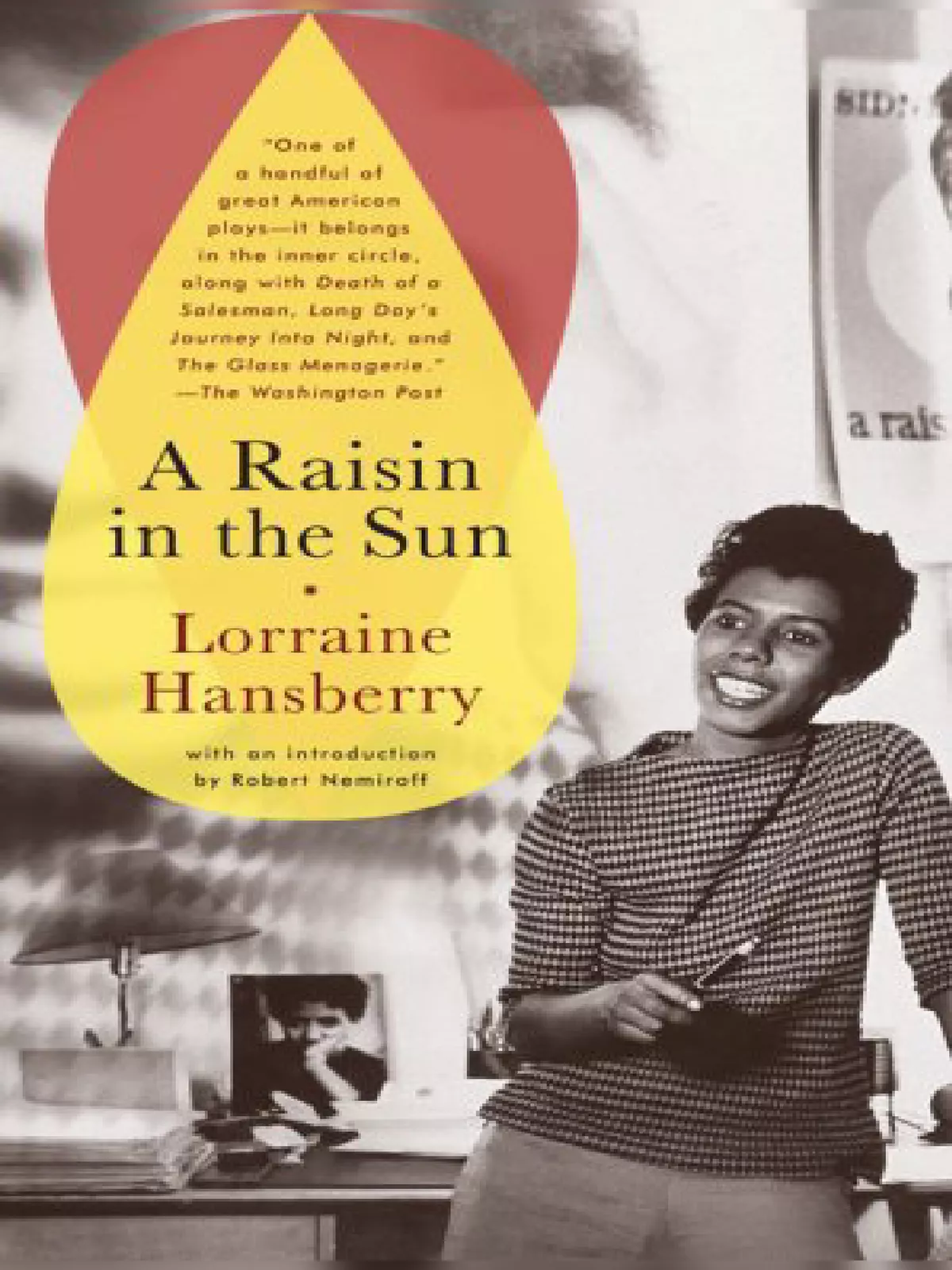A Raisin In The Sun - Summary
A Raisin in the Sun is an impactful American play written by Lorraine Hansberry in 1959. This classic drama depicts the struggles of the Younger family, an African American family living in a small apartment in the south side of Chicago. The family eagerly waits for a $10,000 insurance check, dreaming of a way out of poverty and hoping to fulfill their aspirations.
Understanding A Raisin in the Sun
The play dives deep into issues of race, class, and the American Dream. The Younger family faces numerous challenges as they strive to overcome a society that often undermines their dreams and desires. The title, A Raisin in the Sun, is inspired by a line from Langston Hughes’ poem “Harlem,” which poses the question: “What happens to a dream deferred? / Does it dry up like a raisin in the sun?”
This remarkable play is celebrated as a pioneering work in American theater. It was one of the first productions to showcase a predominantly African American cast while tackling the themes of race and discrimination in a thoughtful and realistic manner. Today, the themes and characters of A Raisin in the Sun remain relevant and continue to connect with audiences worldwide.
Over the years, A Raisin in the Sun has inspired various adaptations, including a film version released in 1961 and a TV adaptation in 2008. It is also widely studied in schools and universities, providing crucial insights into the social, cultural, and political issues from the era it portrays.
You can download the A Raisin in the Sun PDF using the link given below.
